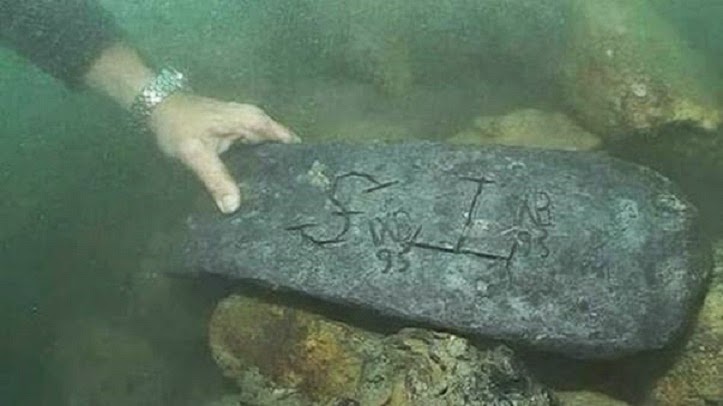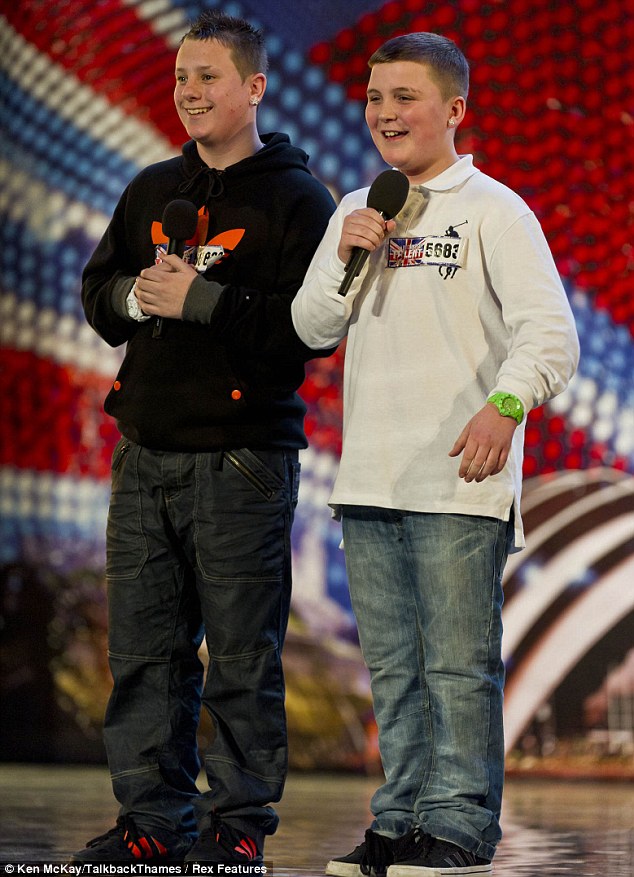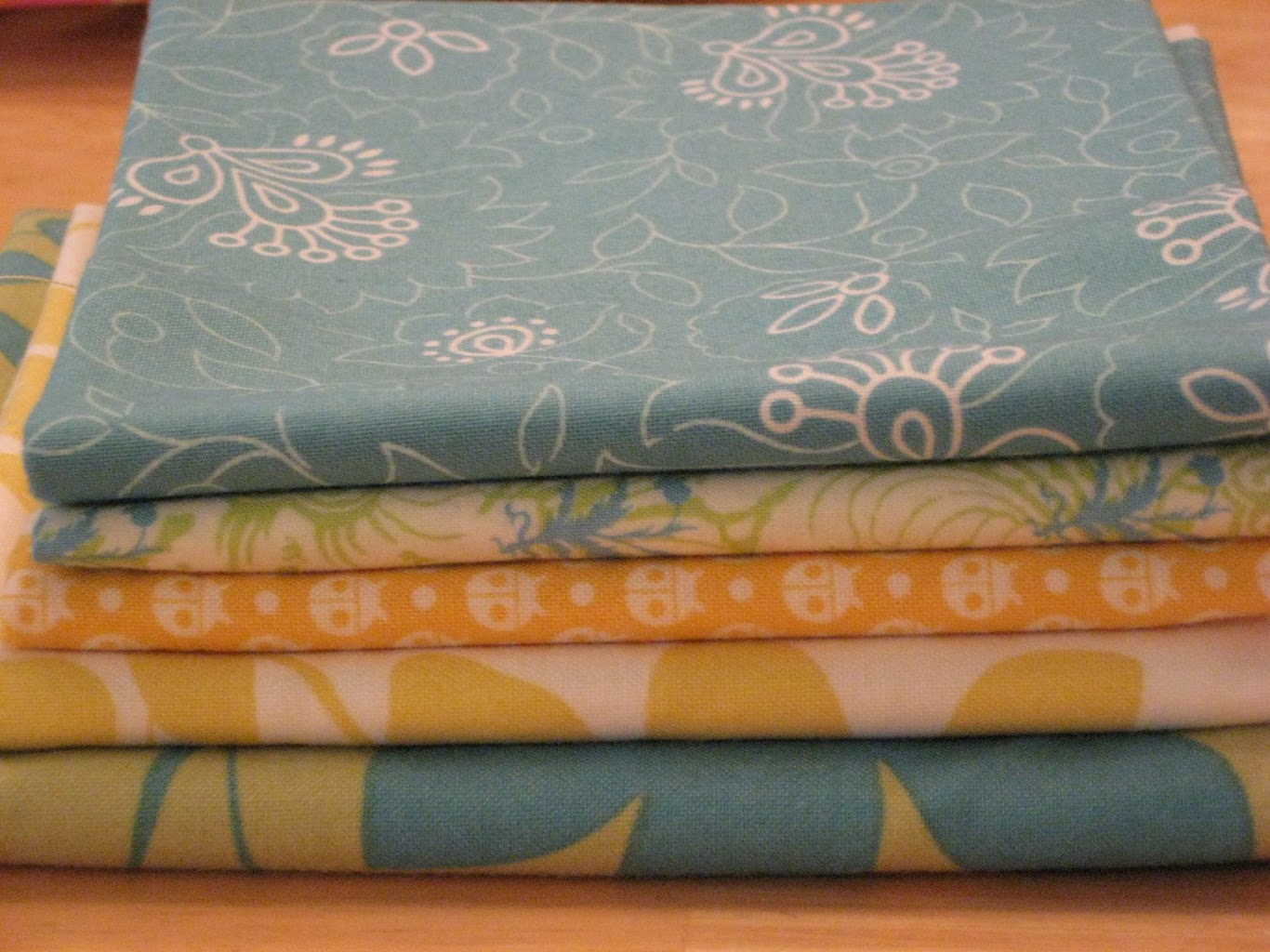Sew La Ti Embroidery:
fantastic
Bouquet on a finger
Heritage: A new Zimbabwe site on the World Heritage List?

Madagascar: Explorers say pirate Captain Kidd's treasure found in Madagascar

Grateful Kate and the handwritten Wimbledon thank you letter... with a spelling mistake

The blushing bride

One thumb up

The Only Way Is Essex beats Downton Abbey and Sherlock to take home the YouTube Audience prize at the BAFTA Television Awards

Michael Sheen :"Rachel McAdams's "Fantastic Actress"

Britain's Got Talent 2011: Teenage rappers The Right Path left in tears after heartfelt tribute to their grandfathers

Britain's Got Talent 2011: Mini crooner Robbie Firmin, seven, stuns the judges with his Frank Sinatra cover

Open Wide, Movies Inside

Tom Andersen talks about horror, 3D & pissing Hollywood off

The Largest Outdoor Short Film Festival — Tropfest 2015

Flea Market Fantastic!!!
Fabric Madness
The Bulldogs (based on an underground comic-book)



